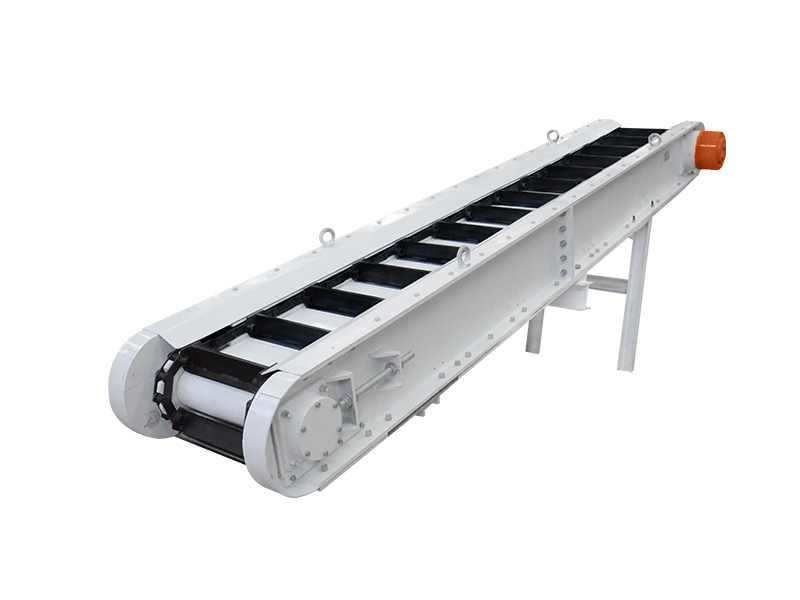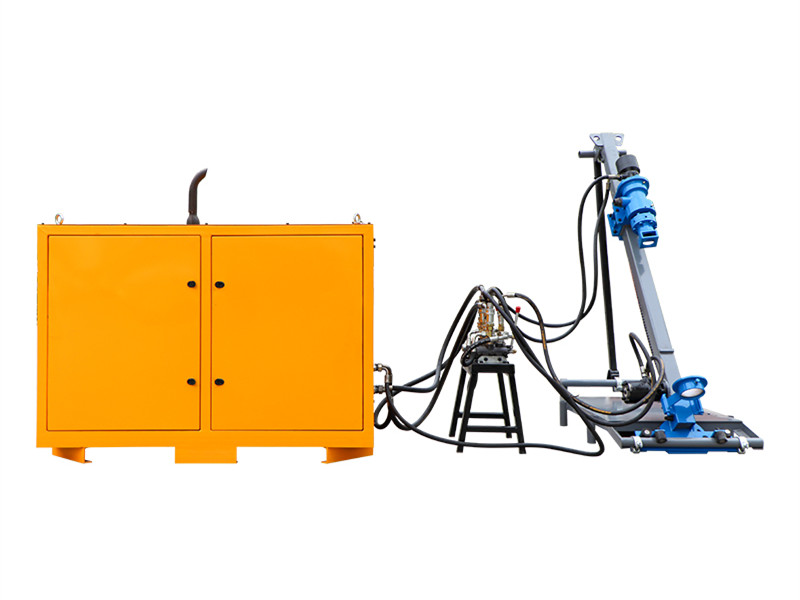If the jack is mixed with air, the speed will be unstable. When debugging, open the exhaust valve of the hydraulic jack to remove the air trapped in the hydraulic jack. Regarding the hydraulic jack without the vent valve, it is necessary to let the hydraulic jack go back and forth a few times. When moving together, loosen the pipe joint of the oil return chamber properly, and tighten the pipe joint after the oil overflows from the threaded joint.

In the process of debugging the hydraulic jack, the buffer equipment should be adjusted together until the mechanical stability requirements brought by the jack are met. If the buffer equipment of the hydraulic jack cannot be adjusted, the hydraulic jack must be removed, and then installed and debugged after the debugging on the test bench is qualified.
The hydraulic jack speed adjustment should be carried out one by one (the hydraulic system of a mechanical mechanism is controlled by the system drive). When commissioning one circuit, the other circuits should be closed (no oil).
When adjusting the speed of the hydraulic jack, it is necessary to adjust the clearance of the guide rail and the azimuth accuracy of the moving parts of the hydraulic jack together to avoid the transmission parts being too tight and stuck.
The hydraulic jack speed adjustment should be carried out under normal oil pressure and normal oil temperature. For hydraulic systems with high speed stability requirements, speed changes should be observed under load conditions.
After the hydraulic jack speed debugging is completed, adjust the stroke positioning, program action and safety interlocking device of each hydraulic jack. After all targets meet the planning requirements, debugging can be carried out.


.jpg)
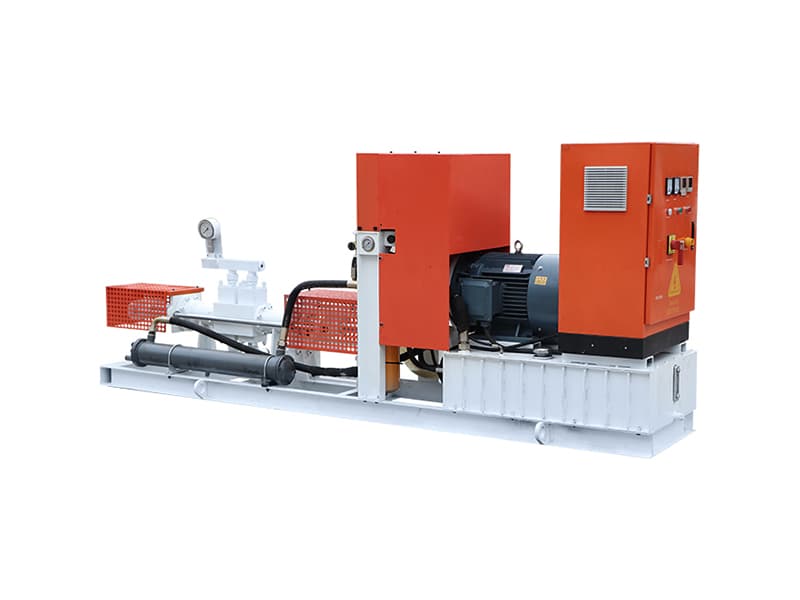
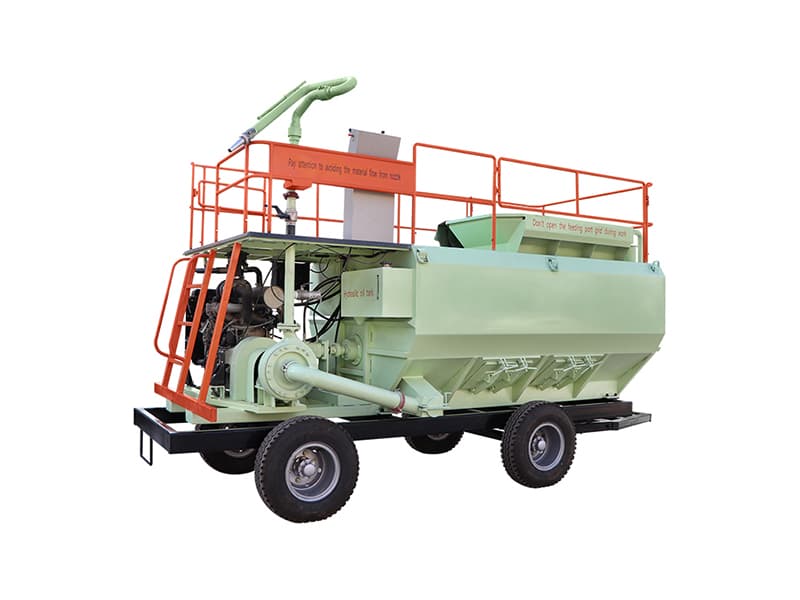
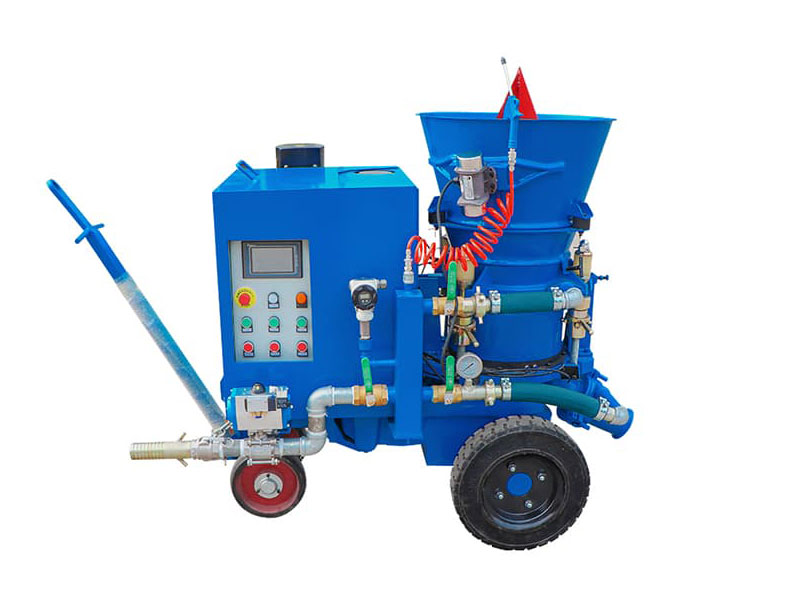

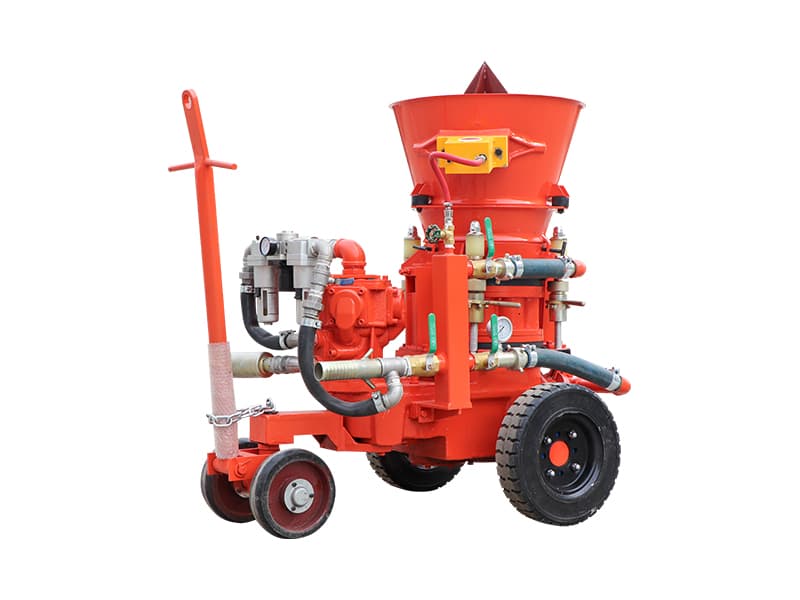
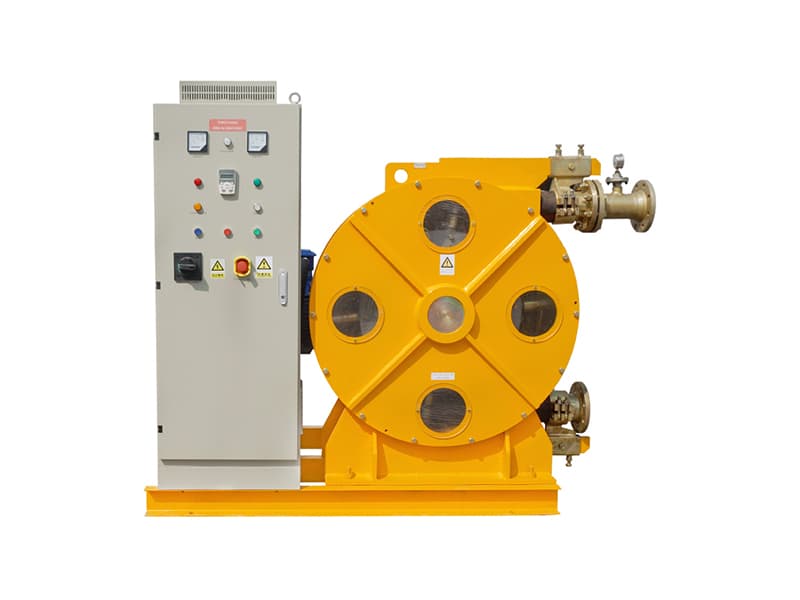
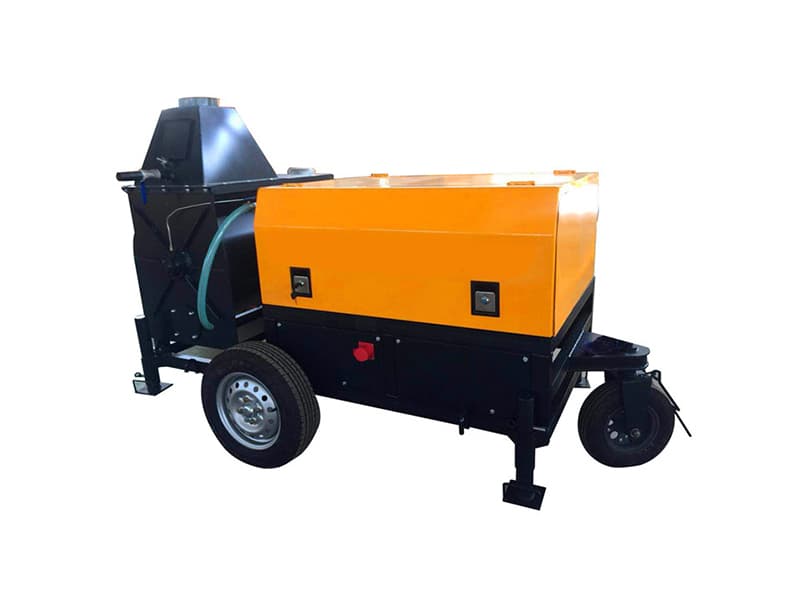
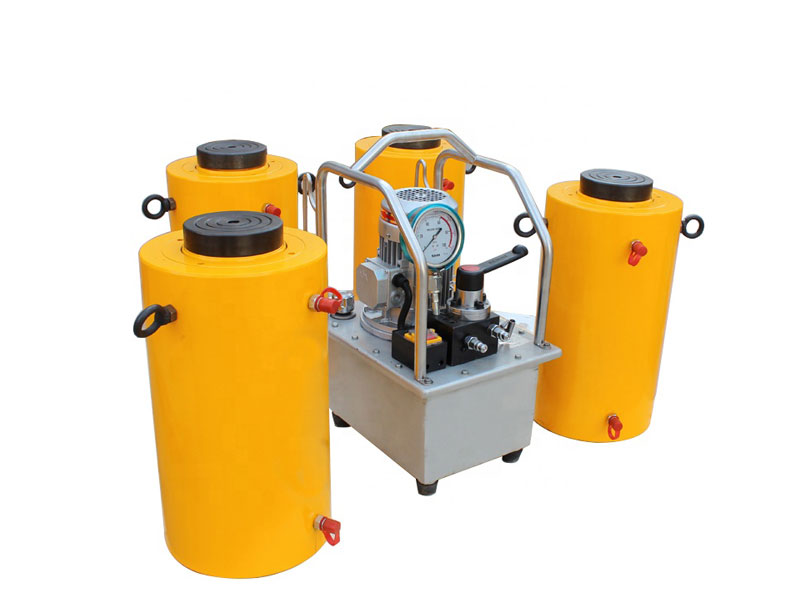
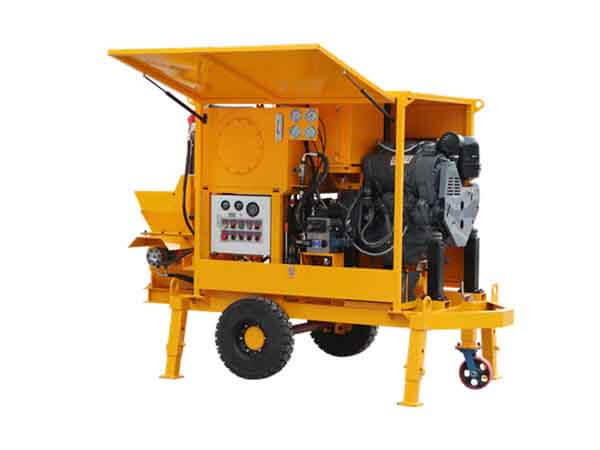
.jpg)

